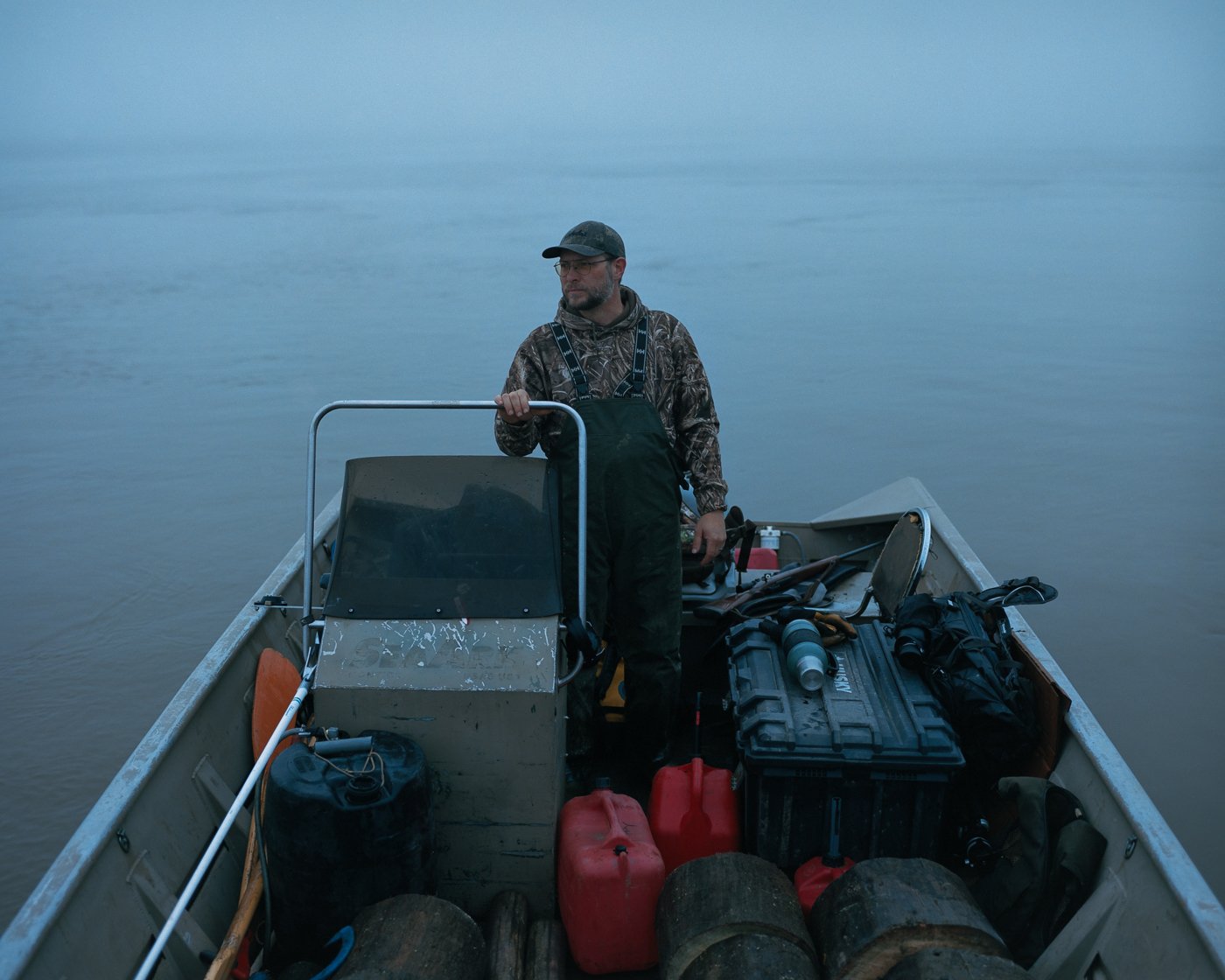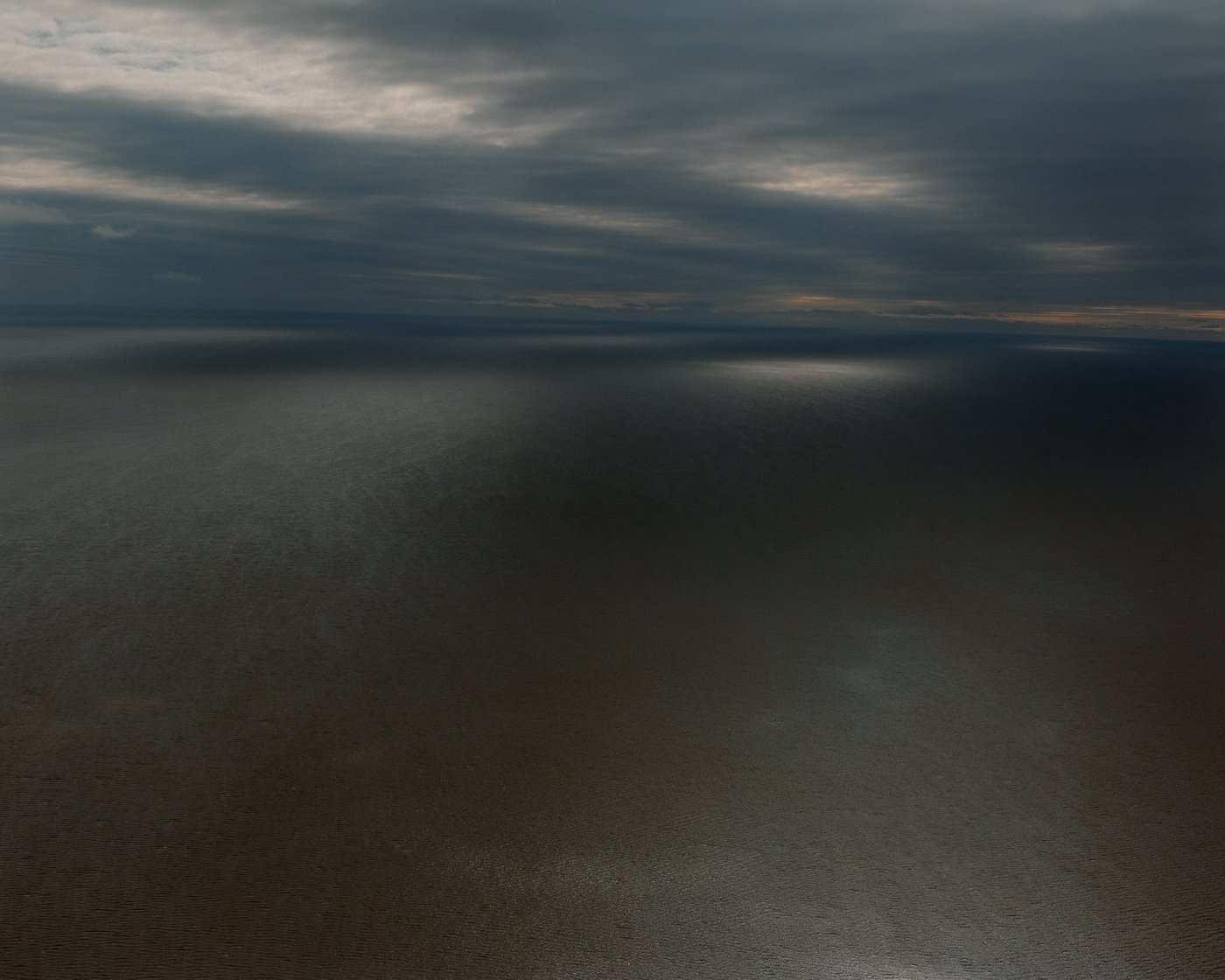




-
My first exposure to suicide came at age 8, when my father made the first of several attempts to end his life. His fatal attempt came five years later, and I’ve been invested in the issue ever since. Growing up in Wyoming, I learned that suicide was an inescapable part of life in the American West. A number of subsequent suicides and attempts among my closest friends and family forced me to question why these tragedies were so commonplace in my beloved corner of the world.
Suicide is an epidemic that is geographically-linked and at its deadliest in the West, with all of the most severely impacted states (Wyoming, Alaska, Colorado, Montana, New Mexico) lying across the 100th meridian. These are the same Western states in which I grew up - the places that my family still call home - and I want to produce work that examines the relationship between these acts of self-violence and the environments in which they occur. How does the land and its history influence the psychology of its occupants? How do cultural themes inspired by Manifest Destiny and Rugged Individualism continue to influence the mental health crisis ravaging the West?
Somewhere I Belong is an ongoing survey of the American West that seeks to explore these questions through the images and stories of the individuals most impacted by the suicide epidemic - loss survivors, attempt survivors and their immediate families. The project's first chapter was published in TIME and focused on Catron County, NM, which had the highest suicide rate of any county in the contiguous U.S. during the decade between 2010-2020.
When I was young, a mentor taught me to harness the emotions surrounding my loss by reaching out and opening myself to others. Social connection and its absence lie at the heart of this issue. By creating space for survivors to tell their stories, this project seeks to foster opportunities for hope and connection through shared experience.
-
This project has been photographed on 135 and 120 film, and is intended to be printed at medium-to-large scale. Audio interviews will also be included in exhibition of the project, as well as local radio broadcasts in the profiled regions.
